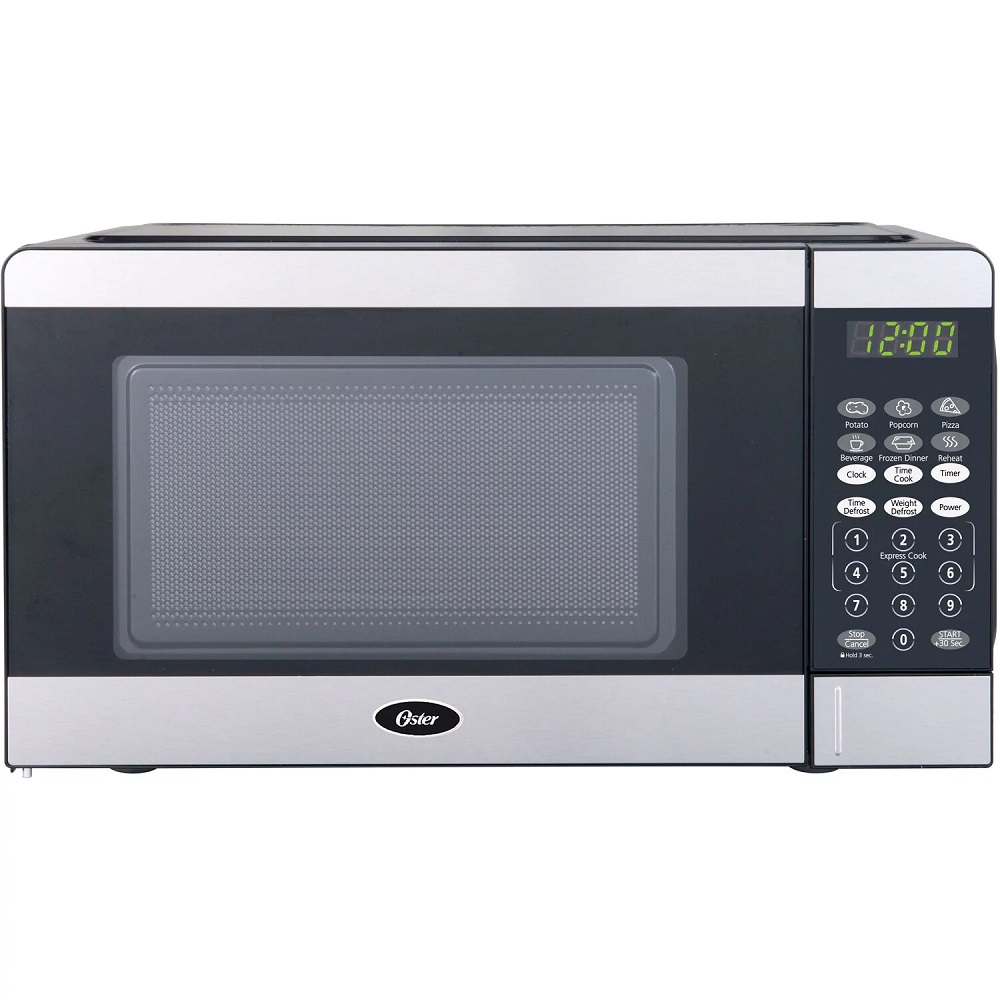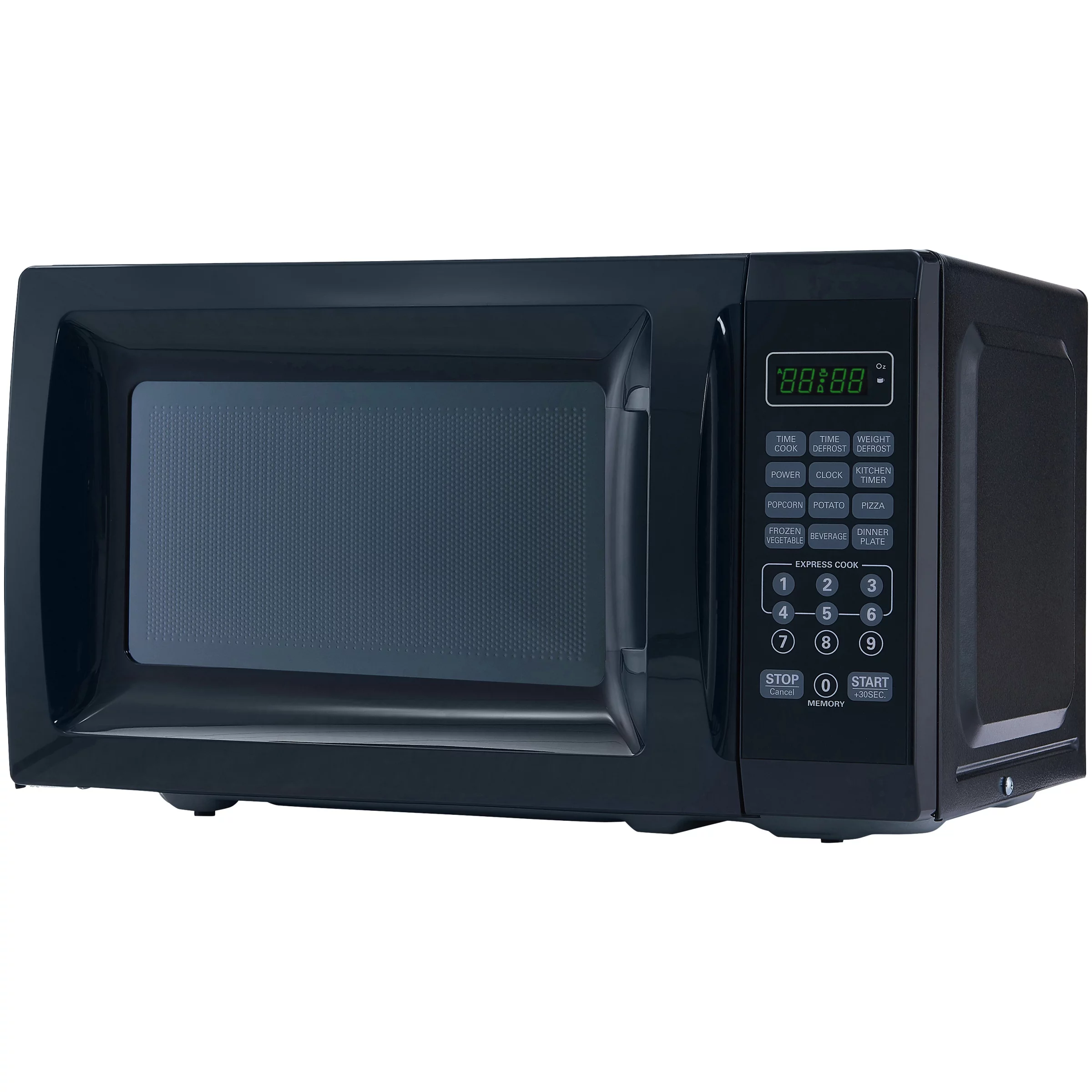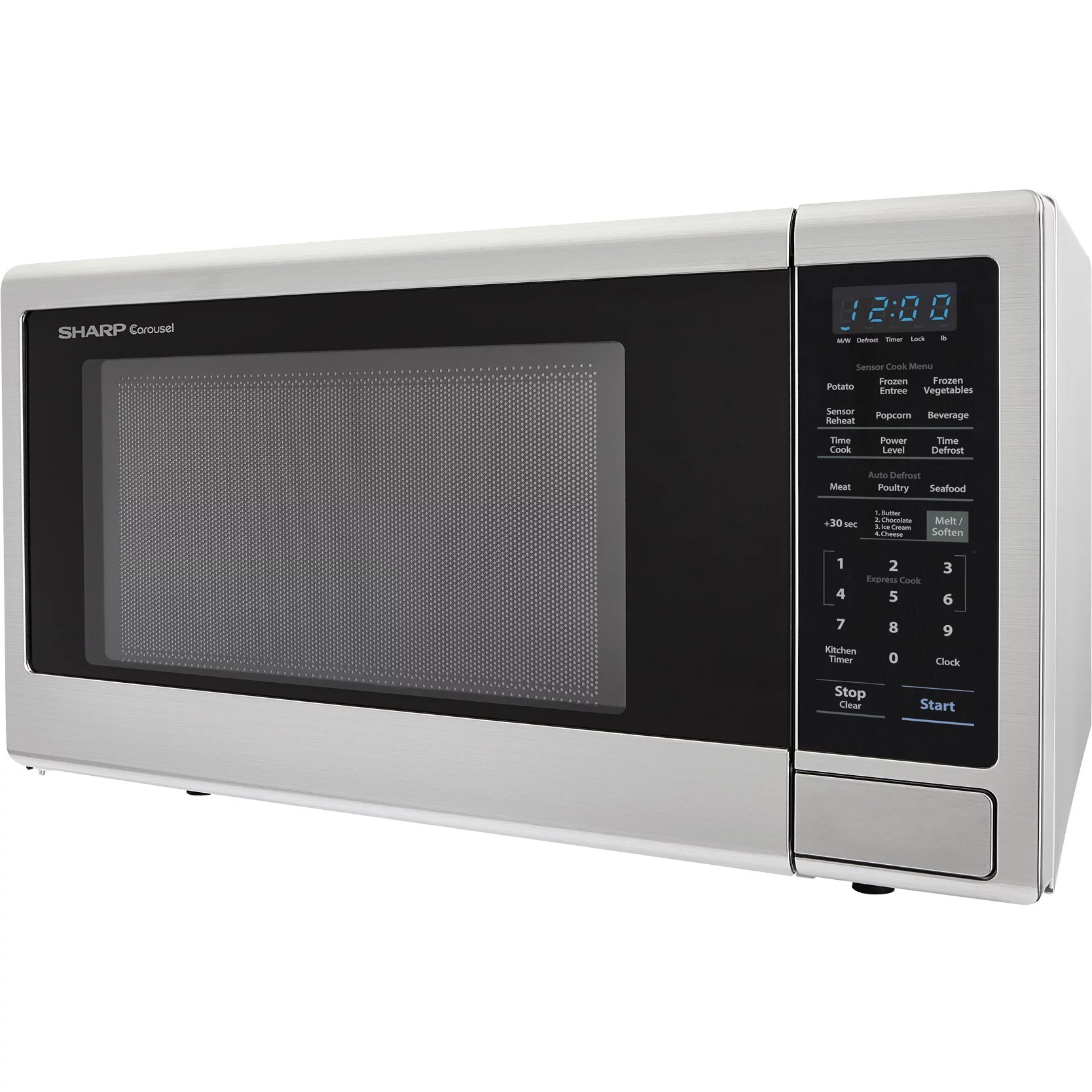Busy schedules and last-minute meal planning often leave us looking for quick solutions, especially when it comes to defrosting meat. One common question that arises is: How long to defrost ground beef in a microwave? The microwave can be a lifesaver for thawing meat quickly, but proper technique is crucial to ensure food safety and quality. This article will explore the necessary steps, safety precautions, and best practices for defrosting ground beef in a microwave effectively. Let’s delve into the details to take the guesswork out of thawing your ground beef.
Understanding Microwave Defrosting
Defrosting in the microwave uses lower power settings to thaw food gradually without cooking it. This is particularly important for ground beef to prevent the edges from cooking while the center remains frozen.
- Defrost Setting: Most modern microwaves come with a defrost setting designed to thaw food slowly and evenly. Using this setting ensures that the ground beef thaws without starting to cook.
- Time and Weight: The defrost function often asks for the weight of the meat, adjusting the defrosting time accordingly. This customization helps in achieving a uniform thaw.
Understanding how your microwave’s defrost function works is the first step in effectively defrosting ground beef.
Step-by-Step Guide to Defrosting Ground Beef
Following a systematic approach ensures that your ground beef is defrosted safely and efficiently.
- Check the Packaging: Remove any packaging from the ground beef. If the meat is wrapped in plastic or sealed in a foam tray, transfer it to a microwave-safe container. This prevents harmful chemicals from leaching into the meat when exposed to microwave energy.
- Use a Microwave-Safe Dish: Place the ground beef in a microwave-safe dish, preferably with a lid that has ventilation holes. This helps in containing any juices that may seep out during thawing while allowing steam to escape.
- Set the Defrost Function: Enter the weight of the ground beef into the microwave’s defrost setting. Typically, the general guideline is to defrost ground beef for about 5 to 7 minutes per pound. For example, one pound of ground beef would take approximately 7 minutes on the defrost setting.
- Rotate and Flip: Halfway through the defrosting process, pause the microwave and rotate the meat. If it is thawing unevenly, flip it over to ensure all parts are exposed to the microwave’s defrosting energy.
- Check Consistency: After the timer goes off, check the ground beef for any remaining frozen spots. If necessary, continue defrosting in 1-minute increments until fully thawed.
This step-by-step guide ensures that your ground beef is defrosted evenly and safely, minimizing the risk of partial cooking.
Safety Precautions
Safety is paramount when defrosting meat to prevent bacterial growth and ensure safe consumption.
- Avoid Room Temperature Thawing: Never defrost ground beef at room temperature, as this encourages bacterial growth. The microwave offers a quicker and safer alternative.
- Prompt Cooking: Once defrosted, cook the ground beef immediately. Leaving it to sit can lead to bacterial contamination.
- Even Defrosting: Uneven defrosting can result in partial cooking of the meat, leading to texture changes and potential bacterial growth in the uncooked areas.
Adhering to these safety precautions ensures that your ground beef remains safe to eat and retains its quality.
Microwaving Tips for Even Defrosting
Achieving even defrosting requires attention to detail, including the placement and handling of the meat.
- Break It Up: If the ground beef is frozen in a solid block, break it into smaller chunks before placing it in the microwave. Smaller pieces defrost more evenly.
- Elevate the Meat: Place the dish on an overturned microwave-safe plate or elevating rack. This allows the microwaves to circulate better and reach all sides of the meat.
- Cover with Vented Lid: Use a microwave-safe lid with ventilation holes, or cover the meat with a microwave-safe wrap, leaving a small section open. This traps steam and promotes even thawing.
These tips help in achieving a more uniform defrost, ensuring the ground beef thaws thoroughly without starting to cook.
Thawing Large Quantities
Defrosting larger quantities of ground beef requires a slightly different approach to ensure even thawing without cooking the edges.
- Segment the Meat: If possible, divide larger quantities into smaller segments. This makes it easier for the microwave to defrost the meat uniformly.
- Pause and Rotate: For quantities over one pound, pause the microwave multiple times during the defrosting process to rotate and flip the meat. This prevents the edges from cooking while the center remains frozen.
- Frequent Checks: Larger quantities will need more frequent checks and rotations to ensure no part of the meat starts cooking. Use a food thermometer to check that the meat is thawing evenly.
Defrosting large quantities requires more attention but following these guidelines will yield better results.
Alternative Defrosting Methods
While the microwave is convenient, there are other methods for defrosting ground beef that you might consider depending on your timeline.
- Refrigerator Thawing: This is the safest method but requires more time. Place the ground beef in a dish to catch any drips and leave it in the refrigerator. It typically takes about 24 hours to thaw one pound of ground beef.
- Cold Water Thawing: Submerge the ground beef in a sealed plastic bag in cold water, changing the water every 30 minutes. This method speeds up the process, taking about 1-2 hours for a pound of meat.
- Instant Thaw: If you’re in a hurry and plan to cook the meat immediately, you can use the cold water method or microwave for a quick thaw. Ensure the meat is cooked right away to avoid any bacterial growth.
Each method has its own benefits and ideal uses based on the amount of time available and the cooking plans.
 Impact on Meat Quality
Impact on Meat Quality
Microwave defrosting, although convenient, can impact the texture and quality of ground beef.
- Texture Changes: Microwave defrosting can sometimes cook the edges of the meat, impacting the texture and resulting in a less desirable consistency.
- Moisture Loss: Rapid thawing in the microwave can cause some moisture loss, leading to drier ground beef.
- Nutrient Retention: While microwave defrosting is generally safe, using overly high settings can degrade some nutrients.
To mitigate these impacts, follow recommended settings and keep a close eye on the process to ensure even defrosting.
Troubleshooting Common Issues
Even with careful planning, issues can arise during microwave defrosting. Here’s how to troubleshoot them.
- Partial Cooking: If parts of the ground beef begin to cook, reduce the power setting and increase rotation frequency. Breaking the meat into smaller chunks can also help.
- Uneven Thawing: For uneven thawing, pause the microwave and manually redistribute the meat, breaking apart sections that thaw faster.
- Frozen Spots: If there are still frozen spots after defrosting, continue using short, incremental defrosting times, pausing frequently to check.
Addressing these common issues ensures a more successful and consistent defrosting process.
Proper Storage After Defrosting
Proper storage of ground beef post-defrosting is crucial to maintain safety and quality.
- Cook Immediately: Ground beef should be cooked immediately after defrosting to prevent bacterial growth.
- Avoid Refreezing: Do not refreeze ground beef that has been defrosted in the microwave. Only refreeze if it has been defrosted in the refrigerator.
- Use Leftovers Quickly: If you have leftover cooked ground beef, store it in an airtight container in the refrigerator and use it within 2-3 days.
Conclusion
Defrosting ground beef in the microwave is a convenient option for quick meal preparation. Understanding how long to defrost ground beef in a microwave requires knowing your microwave’s settings, following a systematic approach, and maintaining food safety throughout the process. By paying attention to the weight of the meat, using the defrost setting, and incorporating regular checks and rotations, you can ensure that your ground beef thaws evenly and remains safe for consumption. Whether you’re defrosting a small amount or a large quantity, these guidelines will help you prepare your ground beef efficiently and effectively. In the end, careful attention to detail will ensure that your ground beef is ready to cook and enjoy in a variety of delicious dishes.



